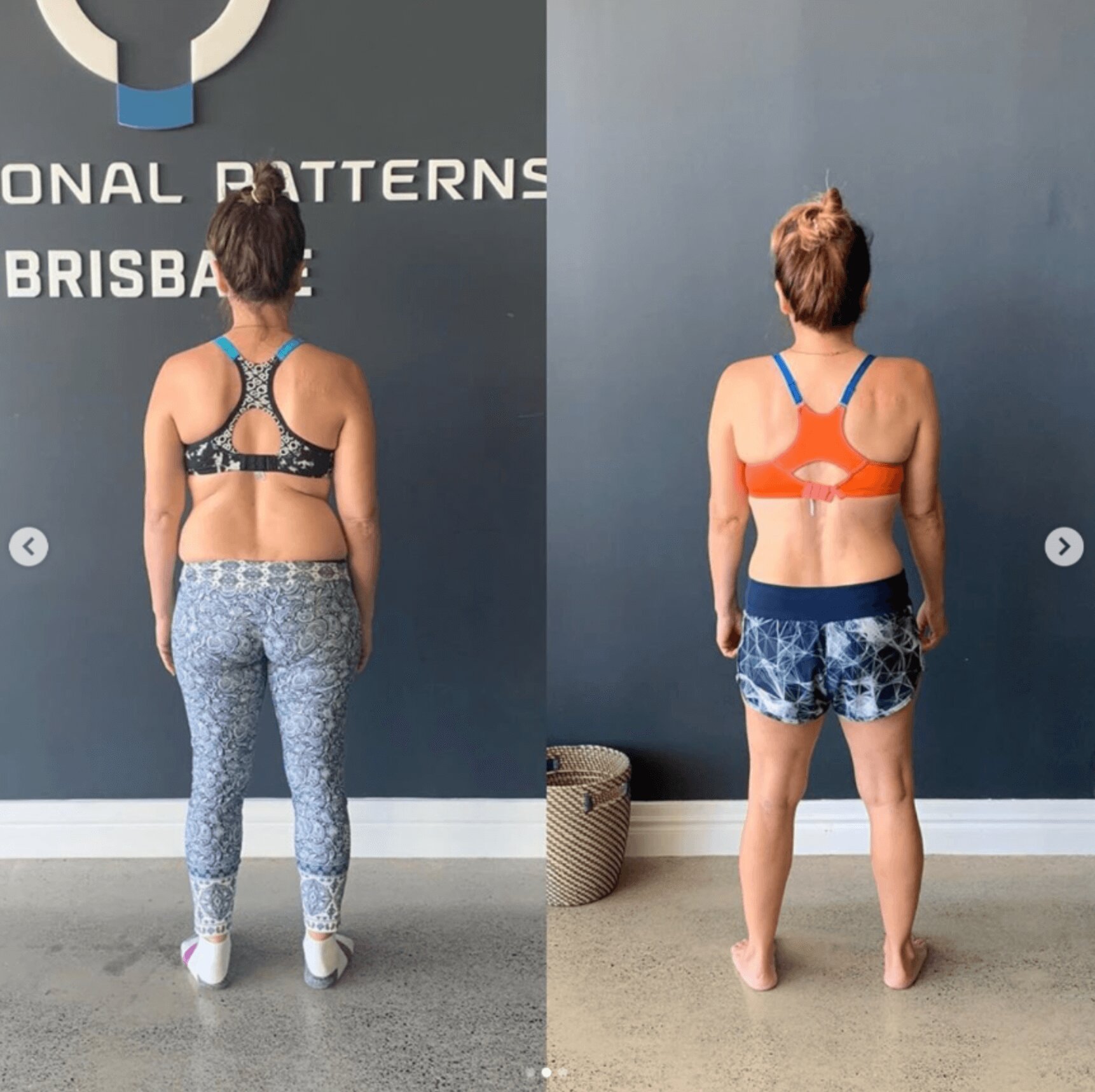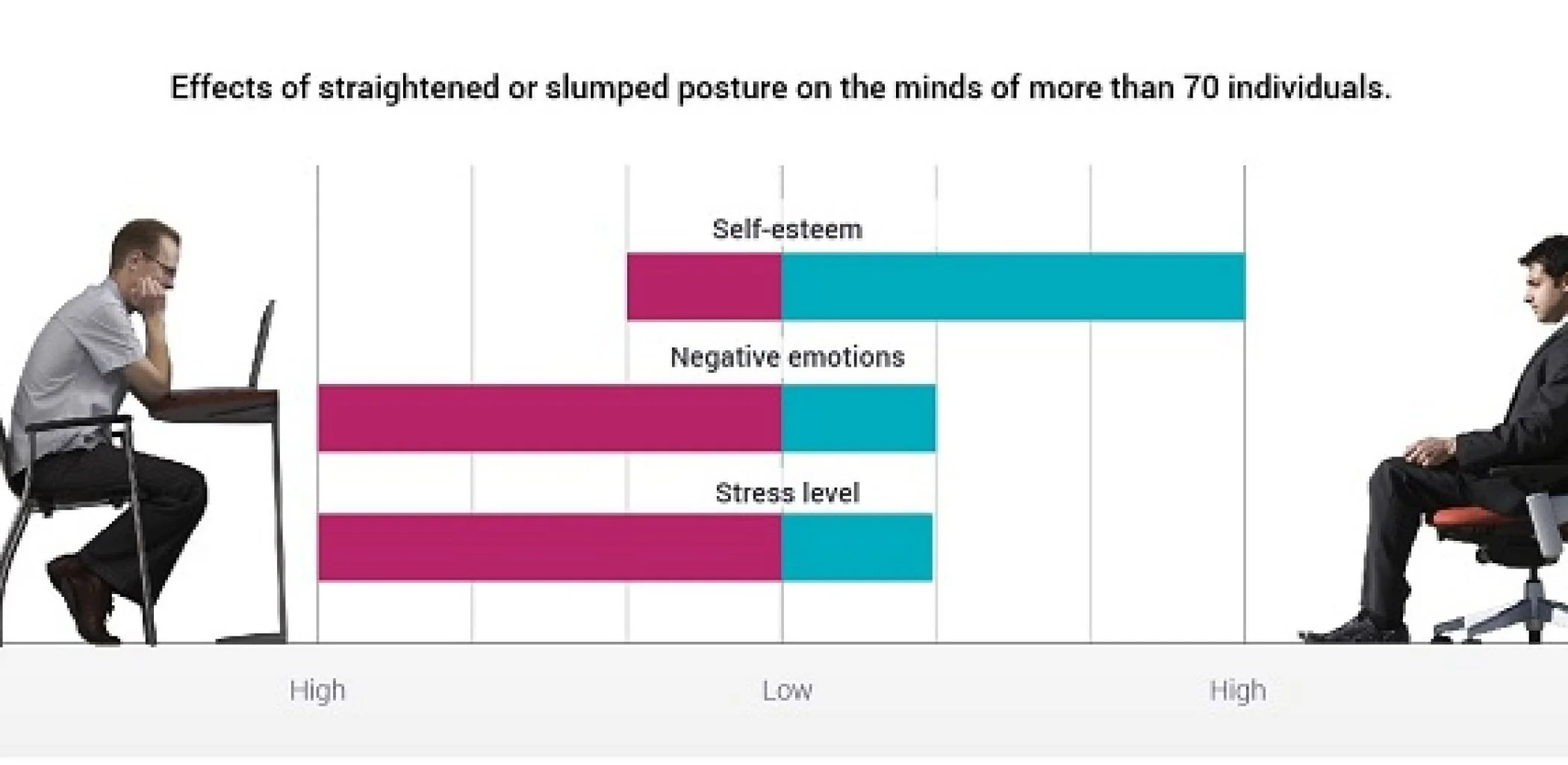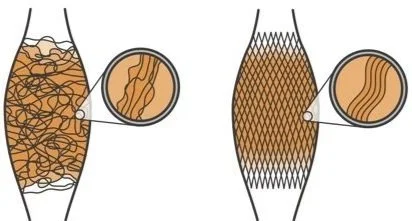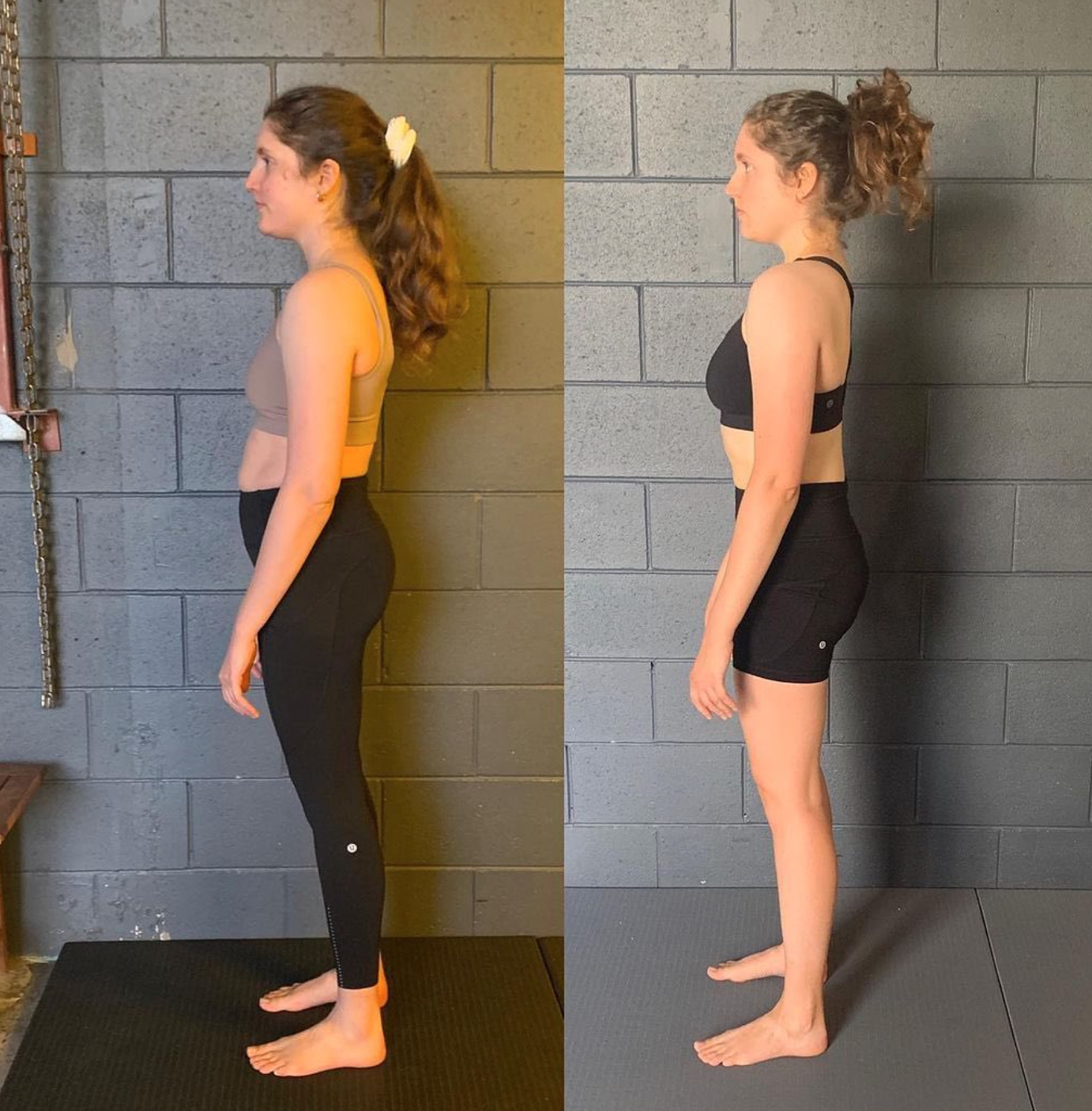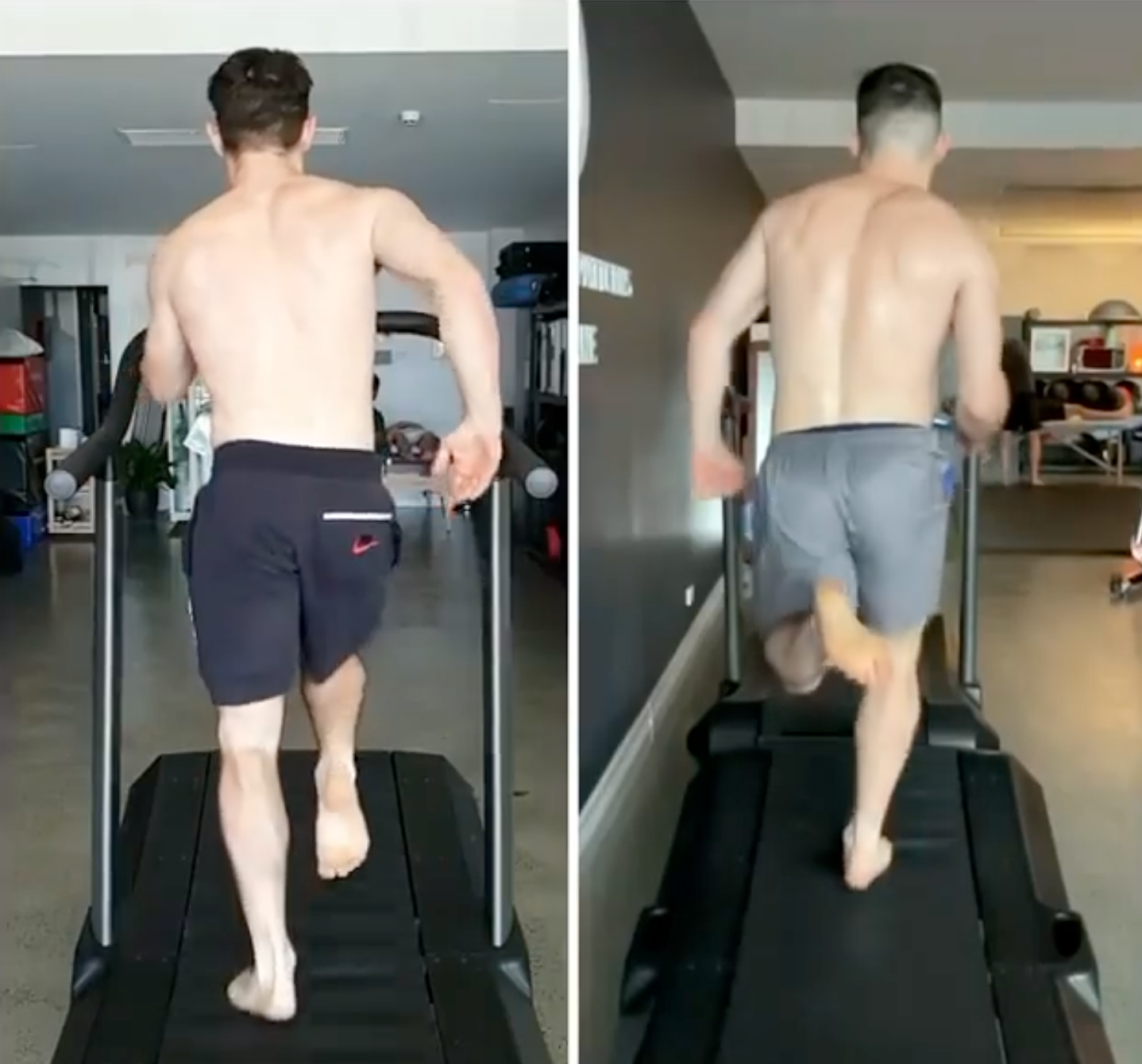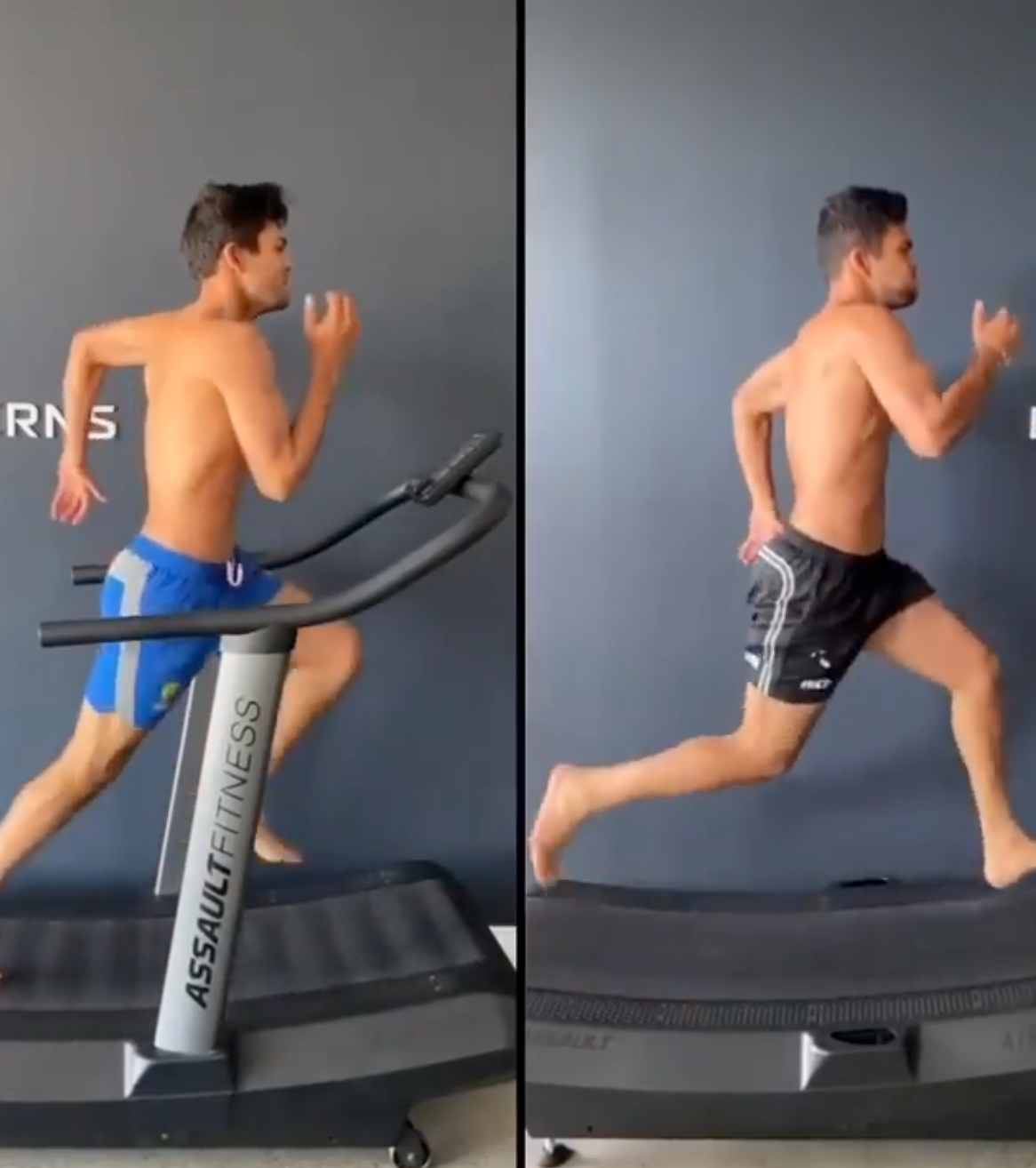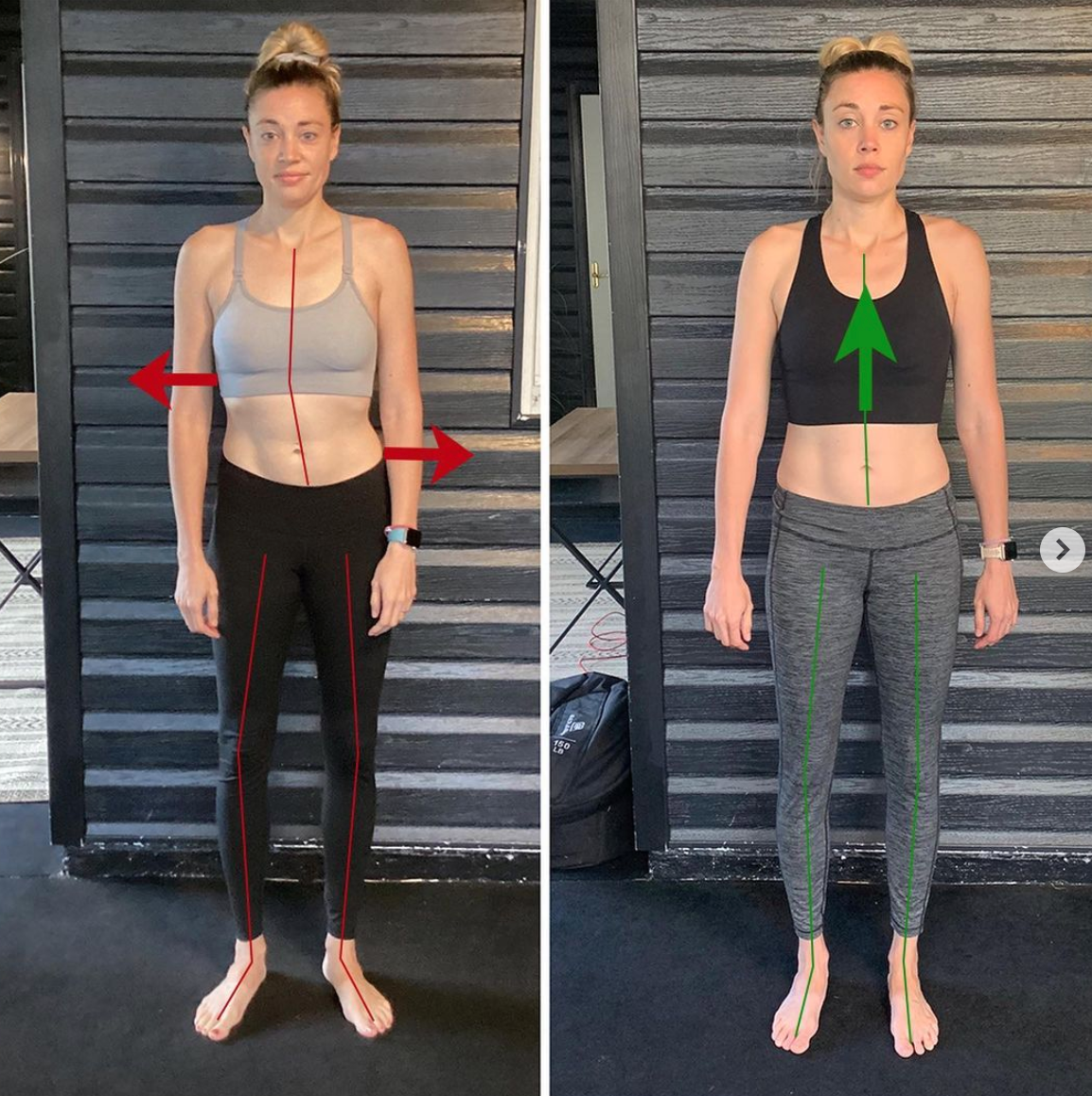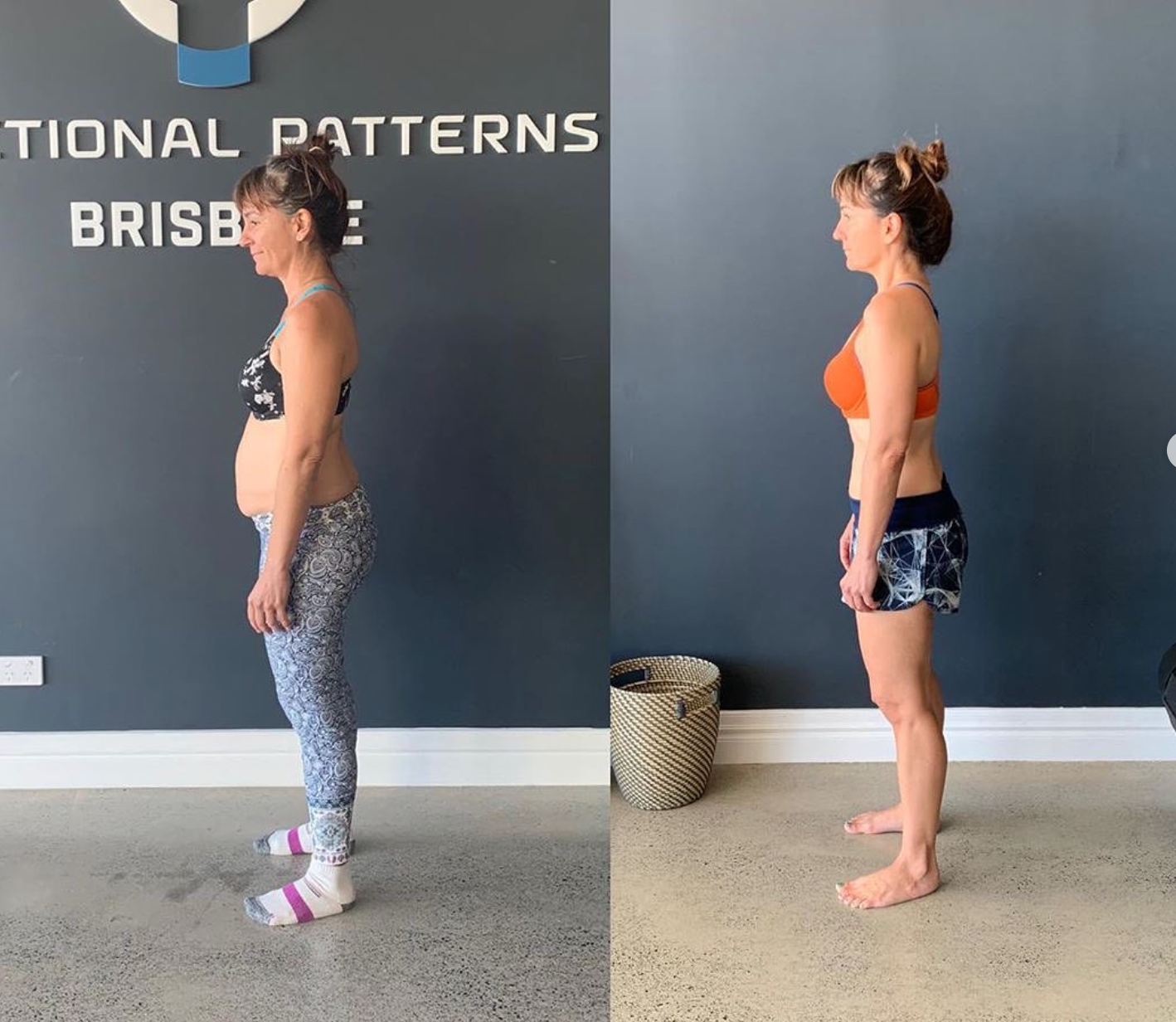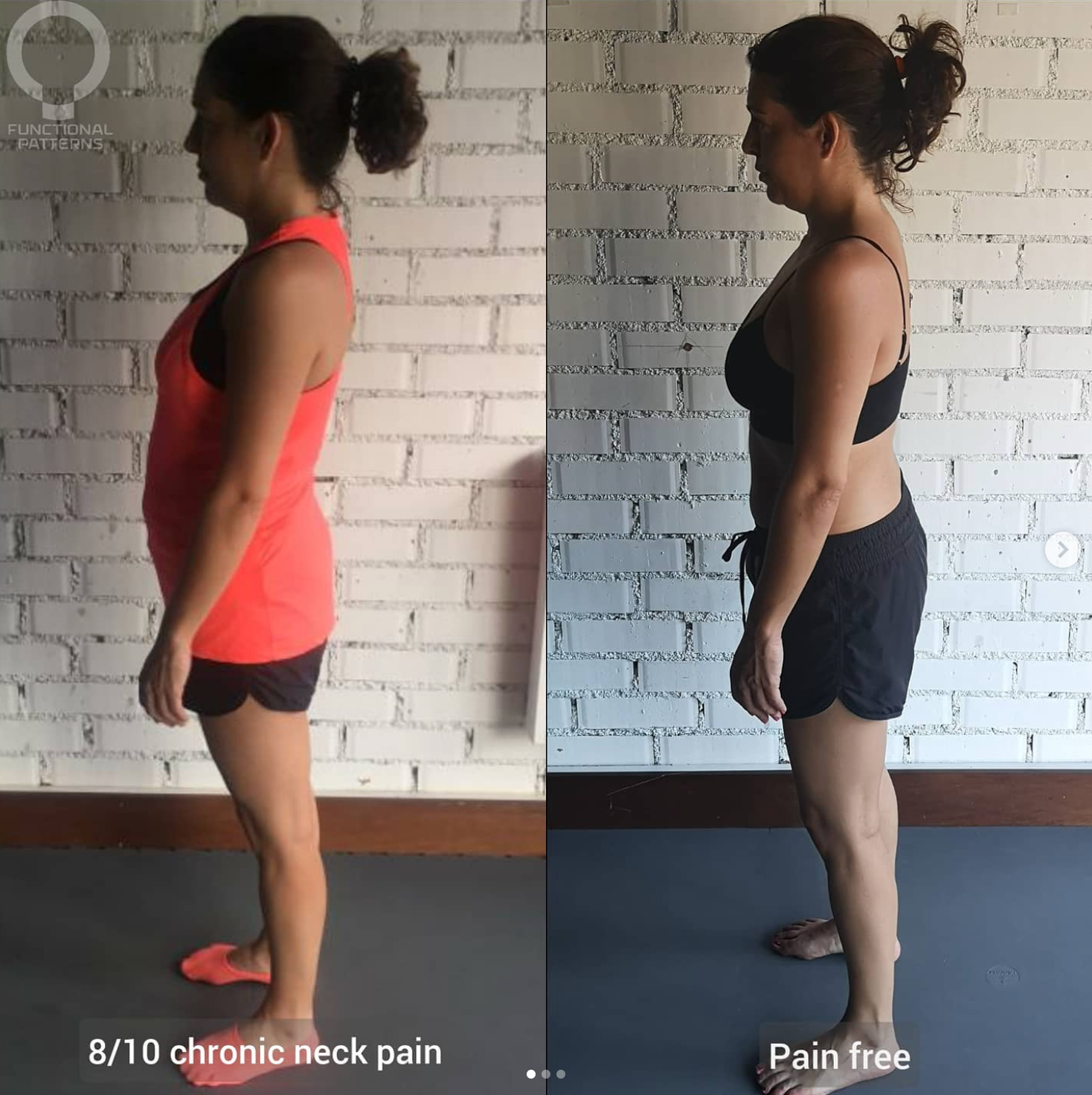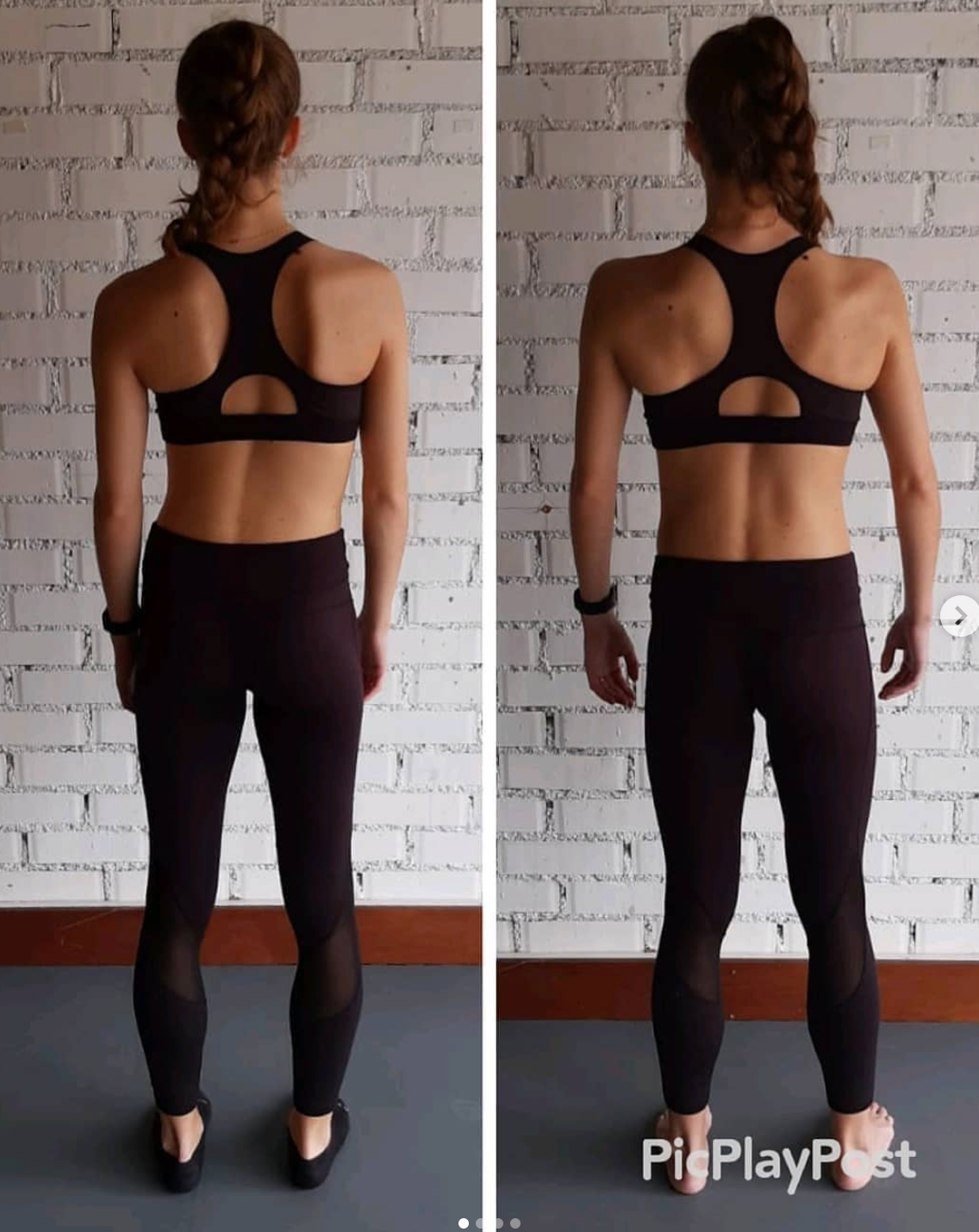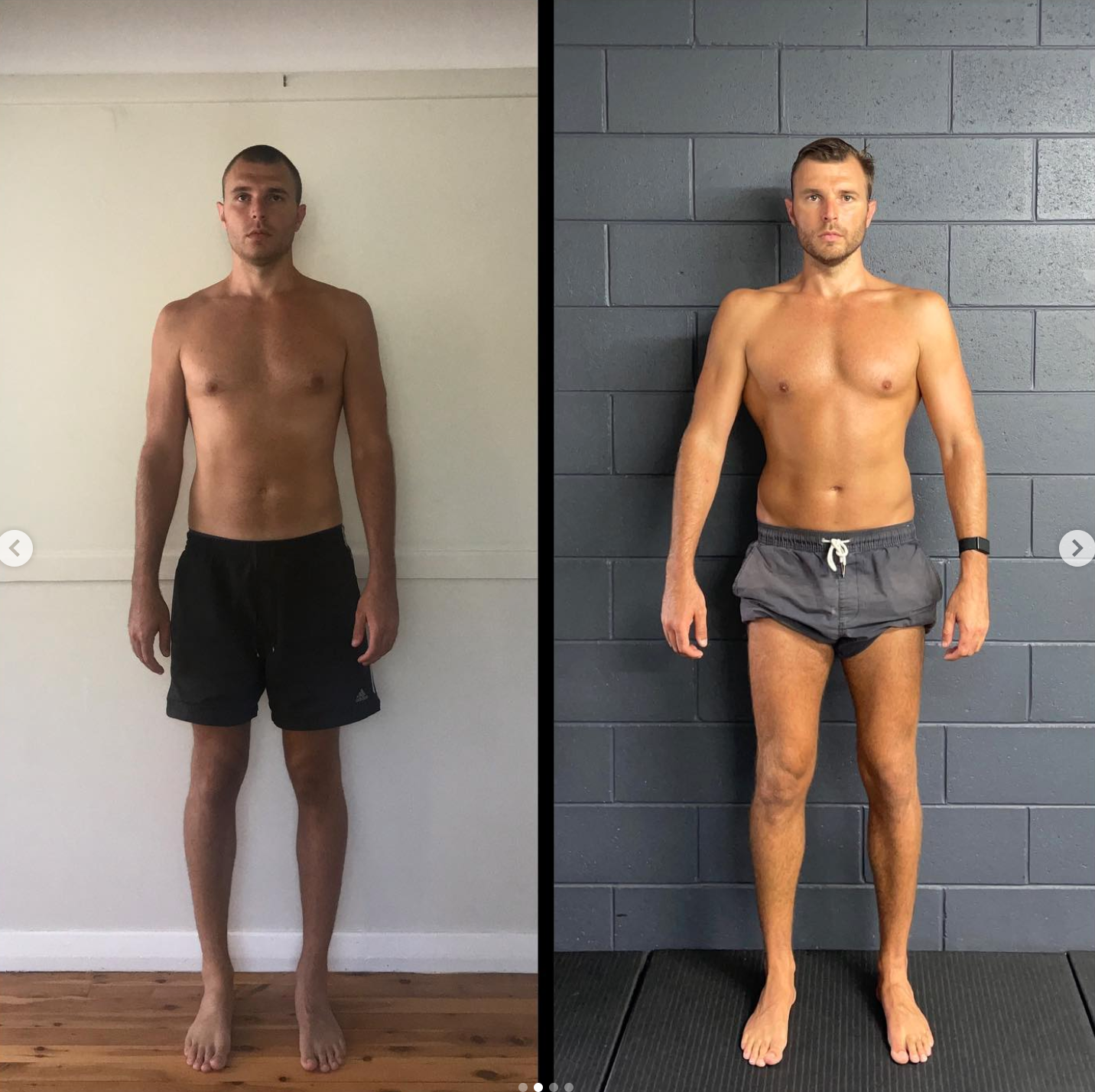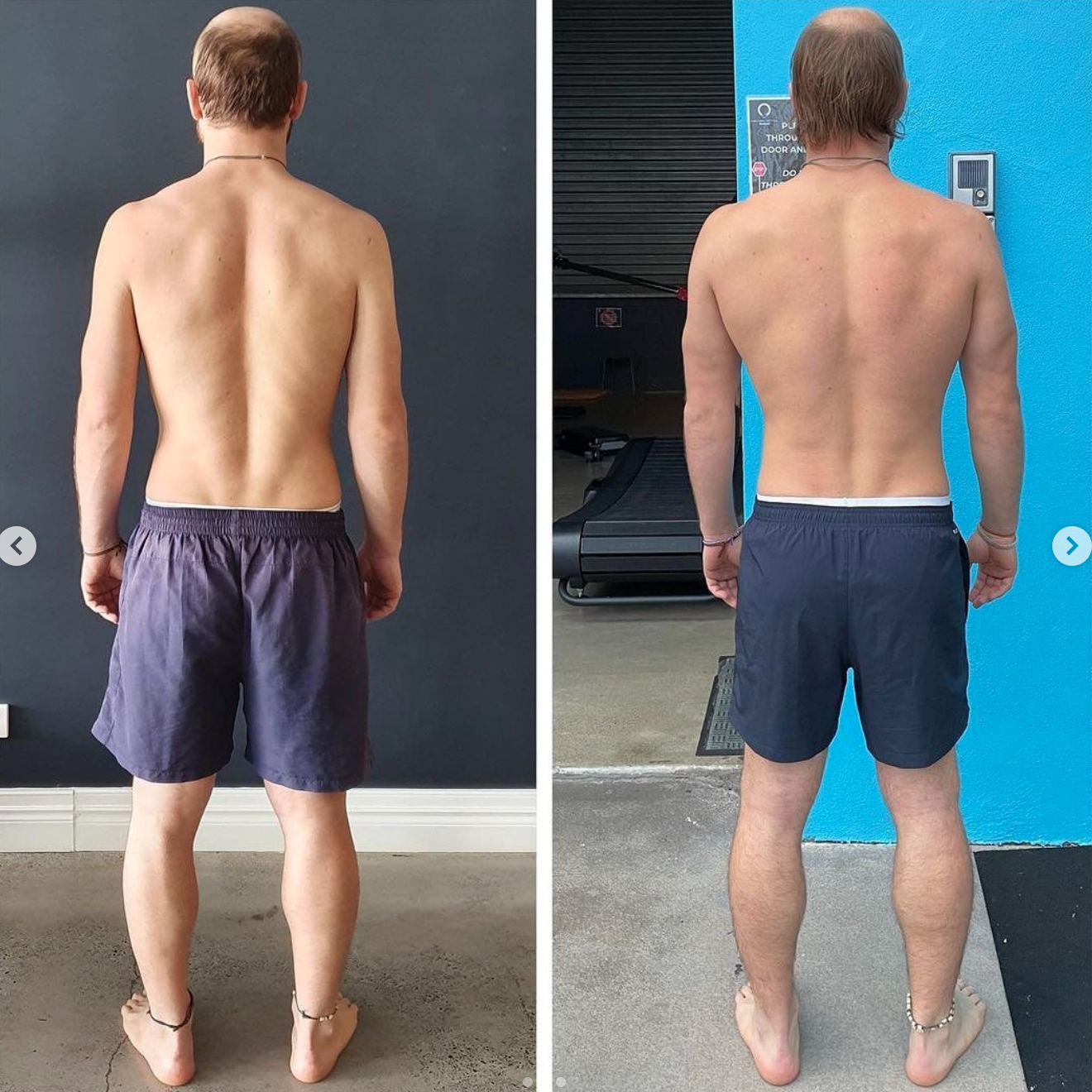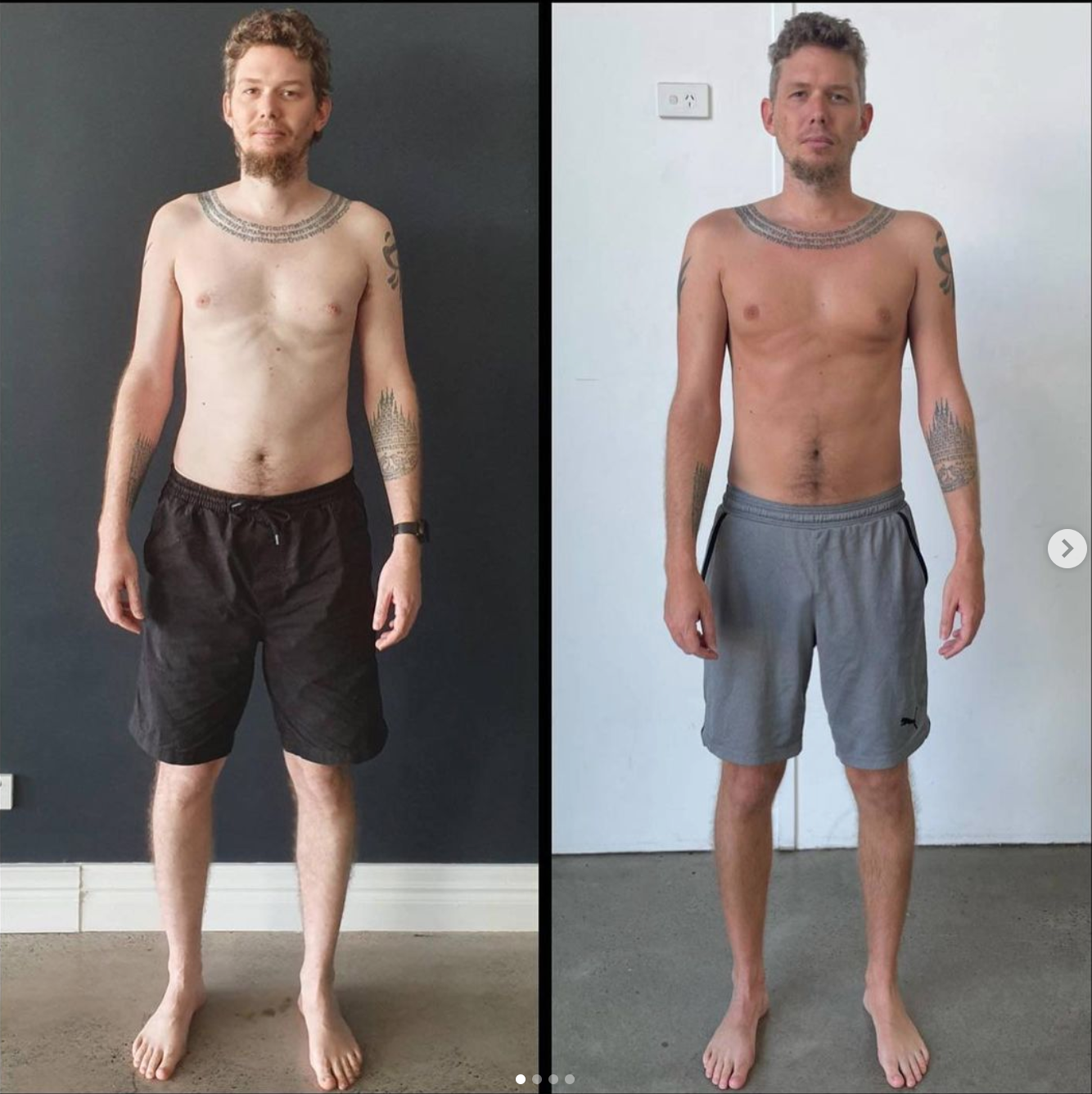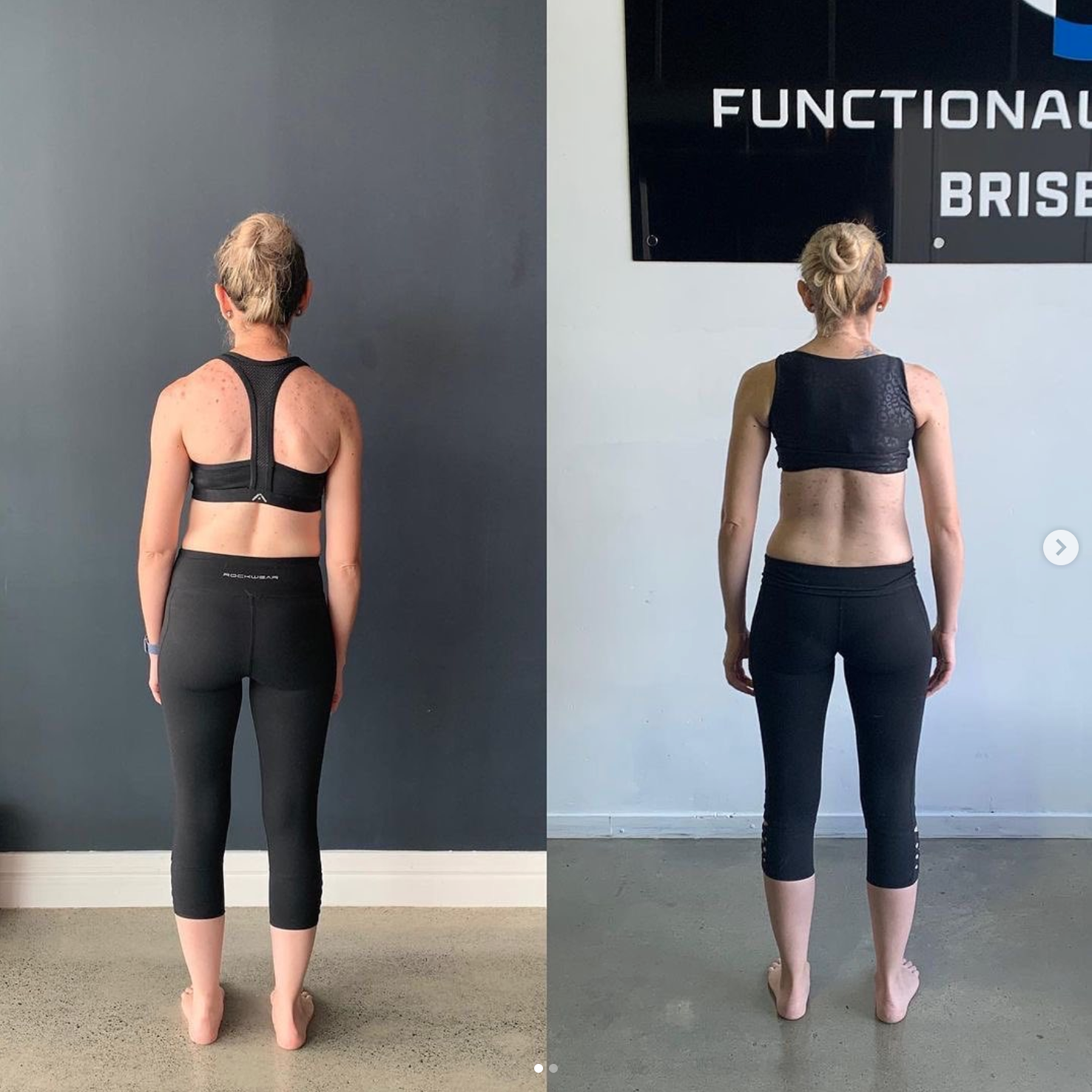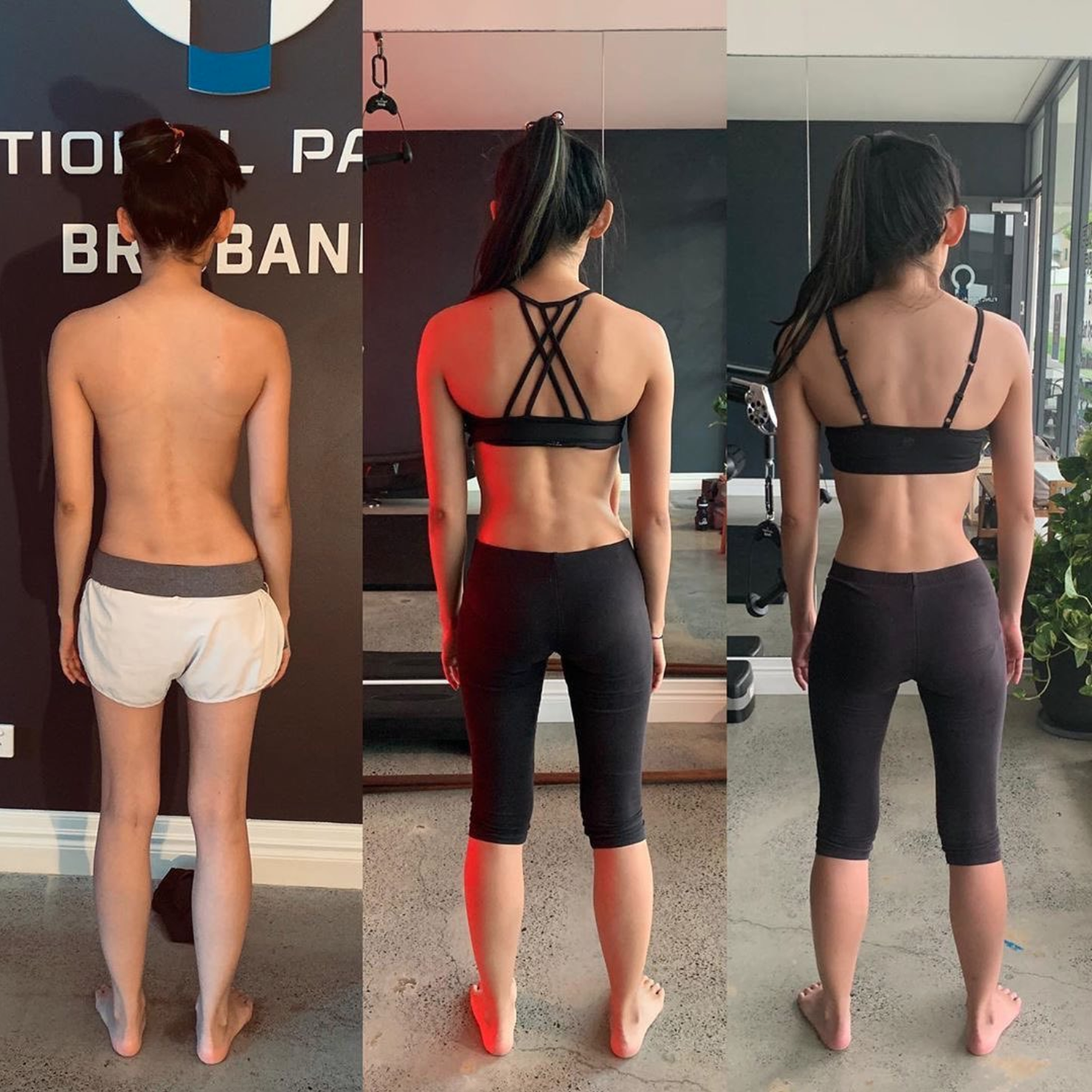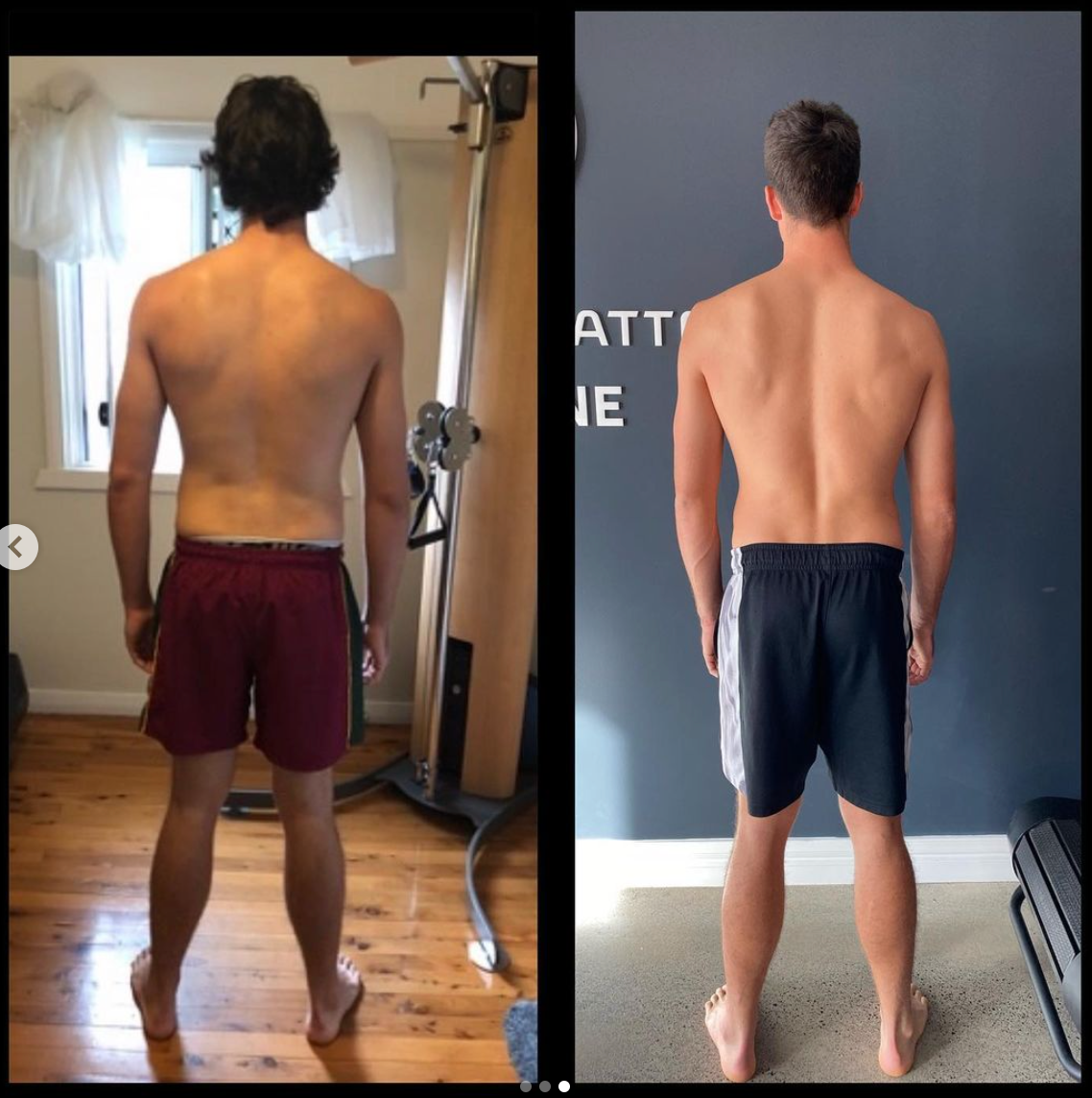The Little Known Solution to Chronic Pain, Chronic Inflammation & Chronic Fatigue
Chronic Fatigue & Fibromyalgia SpecialistS Brisbane
What Is Fascia?
& Why Is It The Most Important Organ/System In Your Entire Body For Chronic Pain, Chronic Fatigue & Immunity?
The Definition of Fascia is as Follows:
"The fascia is any tissue that contains features capable of responding to mechanical stimuli. This includes everything from your tongue tongue to your blood & bones.
The fascial continuum is the result of the evolution of the perfect synergy among different tissues, liquids, and solids. They are capable of supporting, dividing, penetrating, feeding, and connecting all the districts of the body…
The continuum constantly transmits and receives mechano-metabolic information. This can influence the shape and function of the entire body."
- Foundation of Osteopathic Research and Clinical Endorsement (Bordoni et al., 2021)
What IMPACT DOES Fascia have in your body?
And What Happens When It’s Dysfunctional?
Fascia plays an integral role in:
Lymph flow & drainage
Muscular force production & tension distribution
Structural adaption to stress
Repair of every system and cell in the body
The Immune System
Emotional Stability
Chronic pain
Chronic inflammation
Chronic health conditions such as osteoporosis
Body dysmorphia
Chronic fatigue
Digestive issues
Fascia
FASCIA & YOUR MECHANICS/MOVEMENT
Recently, health practitioners have been taking a special interest in fascia.
Fascial tissues are like a body-wide web that helps distribute tension and information across different tissues. This ensures that the entire body works together smoothly in real-time.
These layers of fascia are crucial for normal movement. They allow muscles, nerves, and blood vessels to glide over each other easily and enables organs to move and adjust as your body moves.
Fascia is also adaptable. It can change its structure in response to physical stress to better suit its environment (Bordoni et al., 2021).
Fascia surrounds every organ, muscle, bone, cell, nerve, joint, tissue, tendon and ligament in your body. Therefore, when fascia is not working correctly, quality of life declines.
Unhealthy FASCIA and poor mental health
Incorrect daily movement patterns can result in dysfunctional fascia. This can then cause an emotional alteration of the person. Body position stimulates emotional centres of the nervous system, and myo-fascial alterations lead to postural alterations.
This means the our posture affects our mood and it is our fascia that largely determines our posture. To take this even further, it is our movement patterns that determine the health and structure of our fascia.
Fascia participates in several key bodily functions. It helps with proprioception, which is your ability to sense your body's position in space.
Fascia also allows you to perceive pain or tissue damage aka nociception. Additionally, fascia aids in interoception, your awareness of the internal state of your body (Bordoni et al., 2021).
Image supplier: Defy Therapy And Wellness Clinic
These connections make fascia crucial for understanding and reacting to both external movements and internal sensations.
Because of the affect facia has on these factors, dysfunctional fascia can lead to complications of pain perception. It can also cause distortion of one’s body image (body dysmorphia) and can have a profound emotional influence. Many quality studies and research papers support this (Bordoni et al., 2021).
Various natural therapies seek to support emotional health and resilience. Unfortunately, without addressing mechanical factors, there will never be a full resolution. Adaptogens such ashwagandha and talk therapies may help, but they only mask the underlying issues.
Further to this, pain from unhealthy fascia directly affects mental health.
FASCIA, THE IMMUNE SYSTEM & CHRONIC PAIN
Image Supplier: Blackroll
Incorrect fascial movement can inflame the fascia.
Health issues such as fibrosis occur when connective tissue becomes disorganised and dry.
This can result from chronic inflammation, abnormal stress on the tissues, or lack of movement.
Essentially, it’s like the fascia is turning into calcified or scar-like tissue.
This alteration can start a cycle of ongoing inflammation and heightened pain sensitivity. Connective tissue is particularly sensitive to pain triggers, even more so than muscle tissue. This means that even small irritations can cause significant pain.
Many chronic conditions seen in general practice, such as heart failure, chronic obstructive pulmonary disease, fibromyalgia, diabetes, always show alterations in the fascial system. These changes facial changes greatly contribute to the chronic pain experienced during these conditions (Bordoni et al., 2021).
Get In Touch For A World-Class Fascial Assessment
If you suffer from:
chronic pain
fatigue
chronic inflammation
plantar fascia
poor mental health
or any other condition where you suspect fascia may be at play, please get in touch.
A specialist will reach out to you promptly to discuss your current situation.
How Can Fascial Dysfunction Lead To Chronic Pain?
Fascia can directly cause pain because it contains pain receptors. These receptors turn mechanical pressure into painful signals in the tissue that surrounds. If the pressure is off because of imbalances, these receptors can trigger pain.
They can also produce substances that inflame the surrounding area. The fascial system includes layers like the epineurium and perineurium, which have tiny nerves known as 'nervi nervorum'.
When these nerves come into contact with inflammation-causing molecules, they can lead to pain. This creates a cycle that might be at the root of chronic pain. This is something that modern day health care often fails to address.
All the fascial layers need hyaluronic acid, called hyaluronan, and various other lubricants to slip one on the other. Decreased quantity of lubrication compromises the sliding of connective tissues.
Change in the viscoelasticity of the fascial system plays an important role in myofascial pain syndrome.
Viscoelastic substances have a sticky consistency between liquid and solid and also being elastic.
Hyaluronic acid would become adhesive and less lubricating, altering the lines of forces within the different fascial layers. This mechanism could be one of the causes of joint stiffness and pain in the morning.
Fibroblasts, which help form connective tissue, can change the body's tension levels. This creates tension in the fascia without needing signals from the nervous system.
This contractile activity can lead to an inflammation-rich environment. As the number of fibroblasts increases, chronic inflammation and pain receptor sensitivity may occur.
Inflammation detected by fibroblasts can cause swelling outside the cells. This swelling increases tension and rigidity, making it hard for fascia layers to slide smoothly, leading to pain.
Individual muscles then struggle to work in integration. This results in a loos of coordination and stability.
Pain receptor sensitivity might also result from reduced local blood flow because of fascial tension. This impairs the proper function of skeletal muscles and can lead to trigger points (Bordoni et al., 2021).
Is Chronic Fatigue A Fascial Disorder?
Healthcare providers consider quality of life measures such as fatigue in fascial conditions.
The fascial system plays a roll in chronic fatigue. Particularly if the disorder has persisted for several years. When the fascia becomes fibrotic, or if the tissue layers don't move smoothly, bodily movements can become difficult.
These movements may be unstable and produce more anaerobic chemicals. The central nervous system interprets these chemicals as fatigue. A common example of this is fibromyalgia.
Fibromyalgia causes poor lymphatic drainage and various symptoms related to the fascia. Fibromyalgia is not merely a condition that affects the fascia but rather a disorder driven by dysfunctional fascia.
Achieving a high quality of life includes increasing energy. The best way to increase energy is to support cellular health and to correct movement patterns.
What Can You Do To Get Your Fascia Healthy Again?
Functional Patterns focus on enhancing your fascia to improve every aspect of your health. Fascia is crucial in preventing, managing, and even reversing chronic health conditions such as chronic pain, fibromyalgia, osteoporosis, chronic fatigue, and various immune conditions.
Our techniques and protocols aim to balance, rehydrate, and restore elasticity to your fascia. Functional Patterns movements correct fascial dysfunctions. The movements we implement foster positive adaptations in your body's health, vitality, and structure.
Research indicates that chronic inflammation, incorrect mechanical stress, and lack of correct movement are primary causes of fascial dysfunction. The body adapts to its conditions. If it frequently encounters dysfunctional movements, it may respond negatively, leading to pain, fatigue, and chronic diseases.
What Is Functional vs Dysfunctional Movement & Mechanical Stress?
To put it very simply, the body has evolved to move in a certain way. Functional Patterns is a method based upon standing, walking, running and throwing.
When you perform these movements correctly, fascia thrives. The problem is that not many people know how to perform these foundational movements well.
Functional patterns has broken down the gait cycle into its most basic components. We then to encode correct gait patterns into peoples movements through precision and repetition.
People have fairly recently developed many popular ways of moving, exercising and gaining muscle that are highly dysfunctional. These movements include the barbell deadlift and back squat.
This correlates with the increase in chronic pain, fatigue and early-onset chronic disease. A good way to tell if a movement is dysfunctional or not is the ‘gait cycle test’.
If movement does not directly make you run faster, it is likely dysfunctional. For example, back squatting 100kg will make your legs bigger, but those gains do not directly correlate to the track field. The muscles do not integrate, and the movement negatively impacts the spine.
Conversely, lack of movement is key driver of fascial dysfunction. The issue is, once chronic pain and fatigue set in, people are far less likely to move. Moreover, they are far less likely to move correctly. The solution is to give people postural exercises to begin with.
These Gait-based exercises are gentle on the body. They are highly precise and can undo the initial dysfunction that lead to the excessive tension in the first place.
People can now go from being in chronic pain and exhausted, to exercising multiple times a week pain-free. Throughout our website, we showcase our results and case studies on individuals who have undertaken this journey.
Searching for 'physio pilates near me' or 'remedial massage Brisbane,' you may provide lasting relief. Pilates and massage therapy are not holistic or integrated enough to make lasting fascial changes. If you do not address the way you are moving, you will always end up back at square one.
Leave your details below and a specialist will contact you shortly to better understand your situation and needs. We respect your privacy and your time.
What Happens When People Focus On Fascia?
FOOTNOTE: Key Areas of Fascia & Fascial Involvement:
The epidermis, dermis (skin), fat, blood, lymph, blood and lymphatic vessels, tissue covering the nervous filaments, voluntary striated muscle fibers and the tissue covering and permeating it, ligaments, tendons, aponeurosis (a type of deep fascia that attaches sheet-like muscles needing a wide area of attachment), cartilage, bones, meninges, involuntary striated musculature and involuntary smooth muscle (all viscera derived from the mesoderm), visceral ligaments, epiploon (a large apron-like fold that hangs down from the stomach), peritoneum, and tongue (Bordoni et al., 2021).

